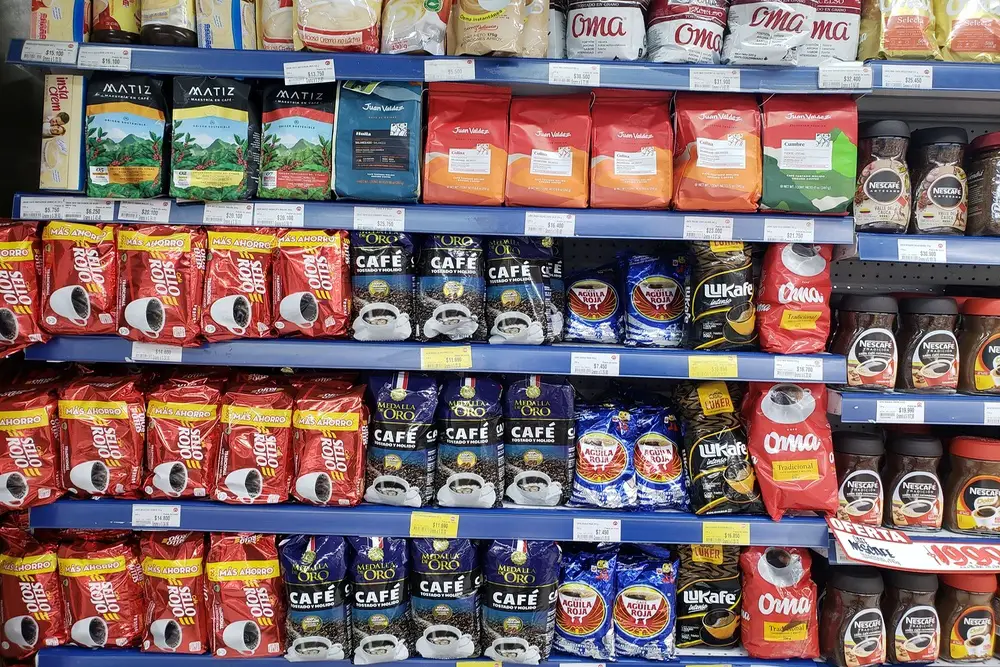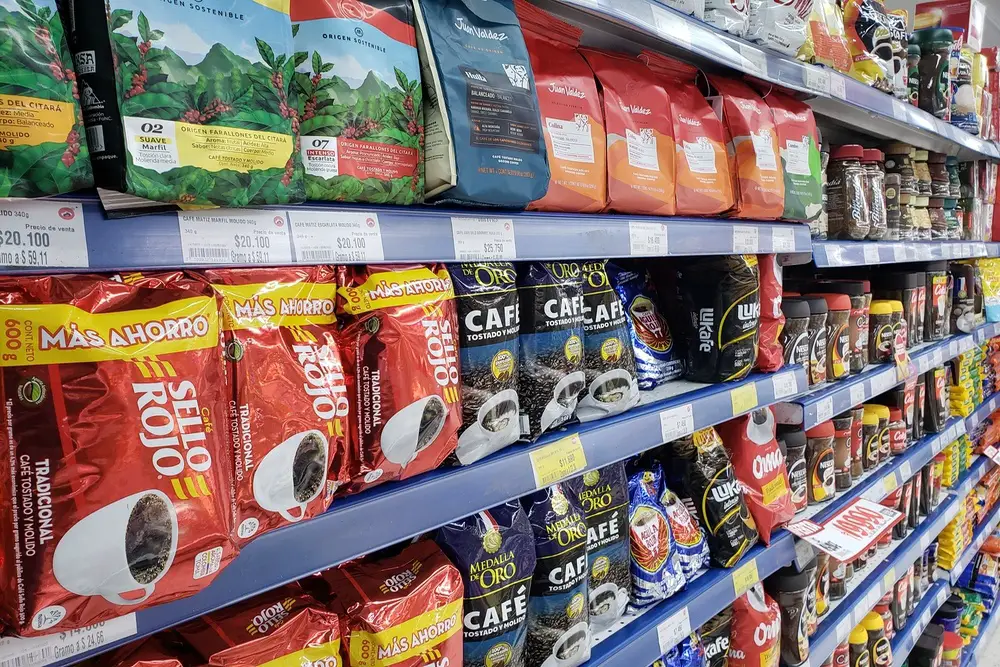Minimum prices for coffee in the producing countries is different. Learn more here.
How is the minimum price for coffee set in the producing countries?
You should keep in mind that the price paid for coffee is influenced by the global commodity price of coffee (C Price), which fluctuates daily based on supply and demand. Regardless of whether it is specialty coffee or commercial coffee.
The C price is the starting point for determining the domestic price of coffee, although in many countries free trade controls the market.
In this sense, government organizations set the various rebates or premiums that make it possible to determine a base price that coffee farmers should receive for a given quantity of coffee.
However, some countries do not set an official price and are open to negotiations. Therefore, the minimum price is left to each exporter or beneficiary, and of course the marketing costs.
Based on the C price, the exporter is paid so that he can then pay the producer.
The exporter pays the marketing costs, while the grower pays the taxes and processing costs that go into making the coffee from harvest to preparation for export.
At this point it is important to mention that another crucial factor in determining the price of coffee is the exchange rate, as many countries depend on the current exchange rate when converting the price of C from US dollars to the local currency.
By the way, some countries don’t even have a minimum price regulation because it causes them more problems, so they decide to let the exchange set the base price.
In other countries, too, there is a special regulation for the minimum price to protect the coffee farmers from fluctuations in the C price, considering the high production costs.
In these particular cases, the coffee farmers should decide on the price of their coffee, regardless of whether it is a specialty coffee or a commercial grade coffee.
Stock market and coffee prices
It is generally believed that the exchange is responsible for setting coffee prices. However, we must remind you that there are 3 types of markets and each has its own way of pricing.
The first is the direct market, where buyers and sellers determine the price based on supply and demand.
Second, there is the intermediary market, where one of the players is a financial institution and acts as an intermediary in pricing.
Finally, there is the auction market, where buyers and sellers quote the price at which they would be willing to sell or buy.
However, exchanges are structured financial institutions that operate under the laws of each country. They are usually made up of private companies and are therefore geared towards making a profit.
These exchanges charge a commission for every transaction.
All exchanges function as auction markets. They use electronic systems to organize the purchases and sales of the players in each market. In this way, the price at which transactions are made becomes the market price.
Purchases are ordered from highest to lowest price while sales are ordered from lowest to highest price.
In this regard, the role of the exchange is to provide market participants with a structure for safe trading and to provide visibility into the prices traded by bidders and sellers between exchanges.
In these transactions, important aspects such as the balance of world production and consumption, current supply chains, climate reports in the coffee-growing regions and macroeconomic reports from the main coffee producing and consuming countries are analyzed.
On the other hand, you should also keep in mind that the sentiments of market participants play an important role in price fluctuations.
This is because when there is certainty that coffee supply is stable going forward, prices tend to fall as buyers do not have the urgency to secure coffee supply going forward.
However, when buyers fear shortages, prices tend to rise again.
Price manipulation
Now we know how it should work in theory. However, reality differs from theory in some cases. On the one hand, there are speculators who can be responsible for price fluctuations, but who can also smooth out larger price fluctuations in the medium term.
On the other hand, there are monopolistic or oligopolistic structures that can also influence prices. In the coffee industry, this means that there are one or a few very large buyers who can influence prices.
The largest companies in the world of coffee include, for example, Nestle, KraftHeinz, Monaelez , Jacobs, Keurig , Tchibo and Starbucks. In the past, some of these companies have not necessarily had a reputation for ethical business practices. However, to what extent the market power lies with the producers or the buyers cannot be determined here.



